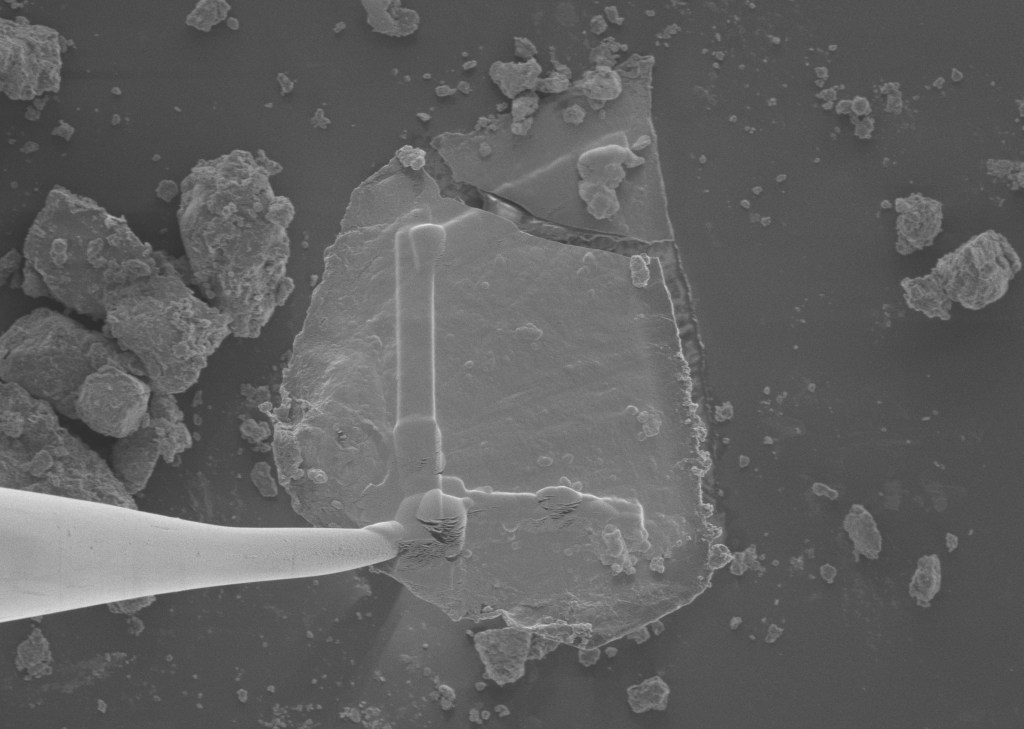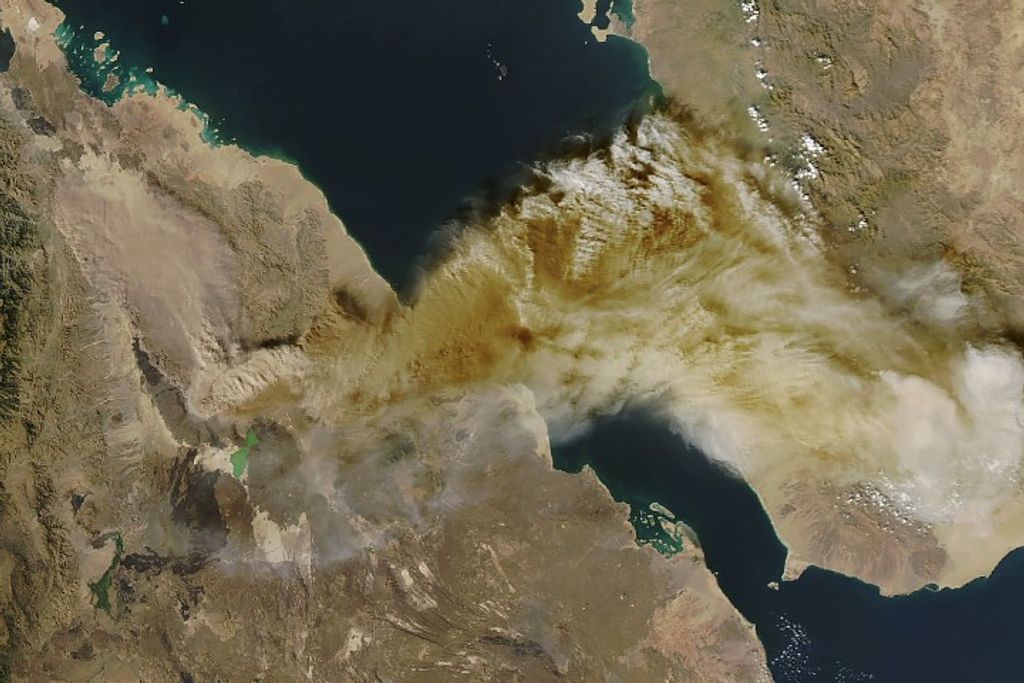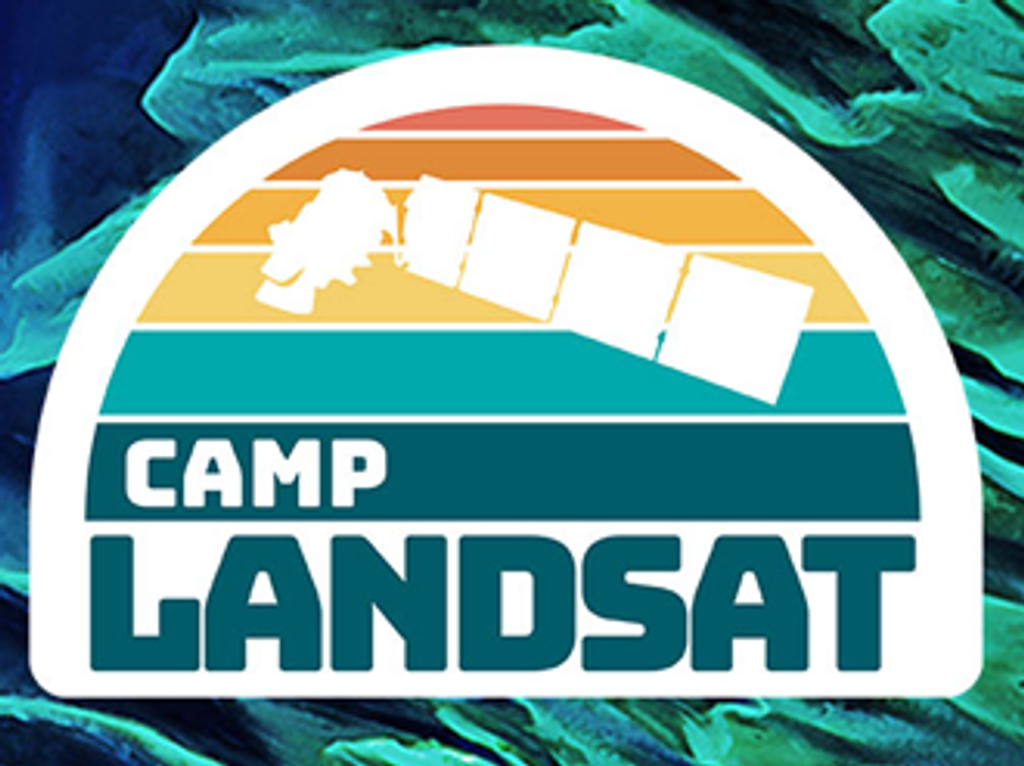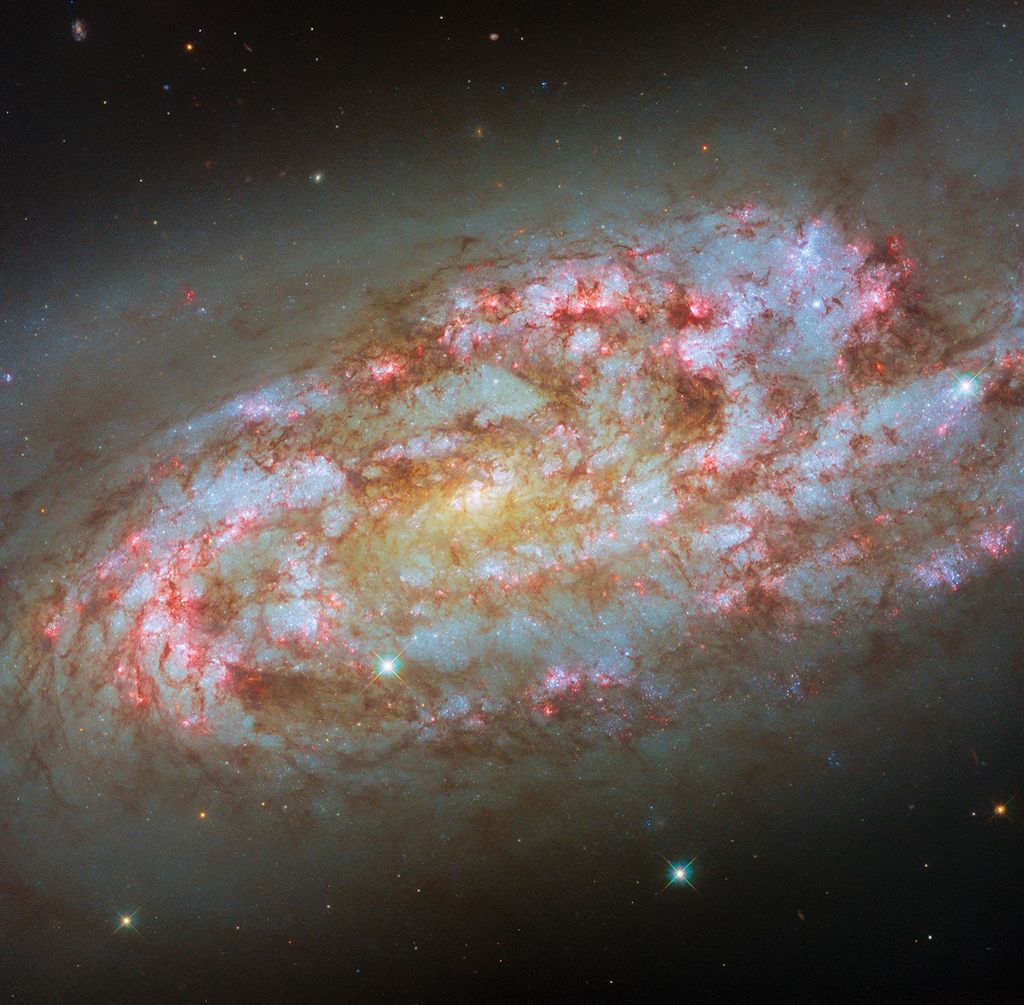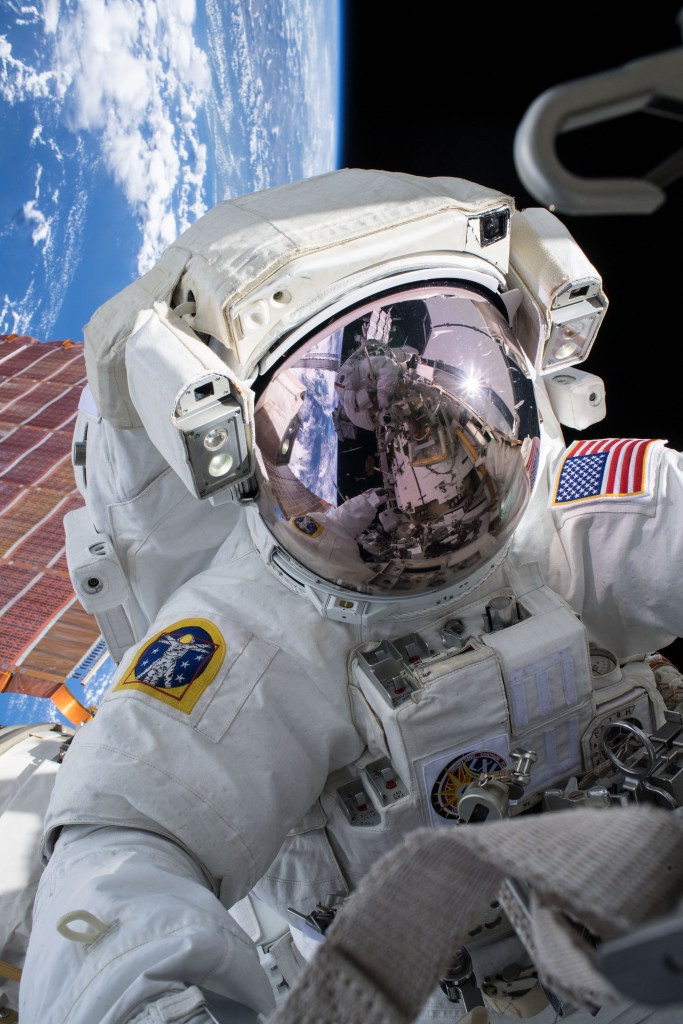Monday’s Research Studies Ways to Protect Eyes and Lungs in Space

Expedition 73 kicked off the week exploring how to prevent space-caused vision problems and what happens to the respiratory system in microgravity. The International Space Station residents also worked on combustion research and Earth observation gear, organized food and cargo inventory, and serviced life support systems.
NASA Flight Engineers Mike Fincke and Jonny Kim spent their day studying ways to pull body fluids back toward the feet similar to Earth’s gravity. In space, the headward fluid shifts can lead to health issues including changes to an astronaut’s eye structure and vision. The duo tested a thigh cuff that may pull fluids toward the lower body and keep them there reducing brain and eye pressure. Fincke led the investigation on Monday collecting Kim’s blood pressure and scanning his veins with the Ultrasound 2 device while he wore the thigh cuff. Next, Kim peered into medical imaging gear for an eye exam as doctors on the ground monitored in real time. Results, may provide simple tools and less-invasive countermeasures to protect future crews travelling to the Moon, Mars, and beyond.
Station Commander Sergey Ryzhikov and Flight Engineer Alexey Zubritsky, both Roscosmos cosmonauts, wore sensors and nose clips on Monday and exhaled forcefully for a human research experiment to understand how living in space affects respiratory function including lung volume and airflow rate. Afterward, Ryzhikov started a 24-hour blood pressure monitoring session and filled out a questionnaire to document his interactions with international crews and mission controllers. Zubritsky transferred water from the Progress 92 cargo spacecraft into station tanks then took the same international interactions questionnaire as Ryzhikov.
Flight Engineers Zena Cardman of NASA and Kimiya Yui of JAXA (Japan Aerospace Exploration Agency) began their day reorganizing cargo inside the Kibo laboratory module making more stowage space. Cardman then collected food packs from inside the Permanent Multipurpose Module and stowed them inside the Unity module where the station’s galley, or kitchen, is located. Yui called down to Earth and spoke with Japanese elementary, middle, and high school students to talk about science and engineering topics. Finally, he swapped out a camera inside Kibo’s Solid Combustion Experiment Module that studies how materials burn in weightlessness to improve fire safety on spacecraft.
Roscosmos Flight Engineer Oleg Platonov kicked off his shift on life support maintenance replacing the Vozdukh carbon dioxide removal system located inside the Zvezda service module. During the last half of Platonov’s shift, he worked on water transfers and installed a specialized camera to photograph Earth landmarks in a wide variety of wavelengths.
Learn more about station activities by following the space station blog, @space_station on X, as well as the ISS Facebook and ISS Instagram accounts.
Get the latest from NASA delivered every week. Subscribe here.


